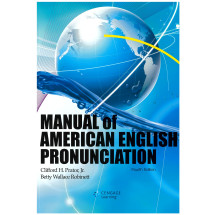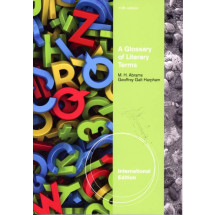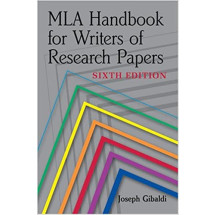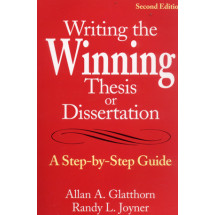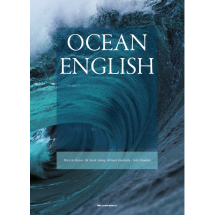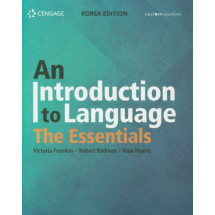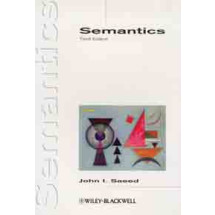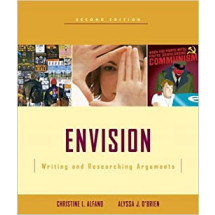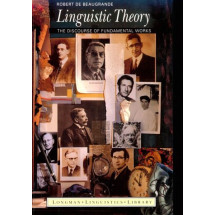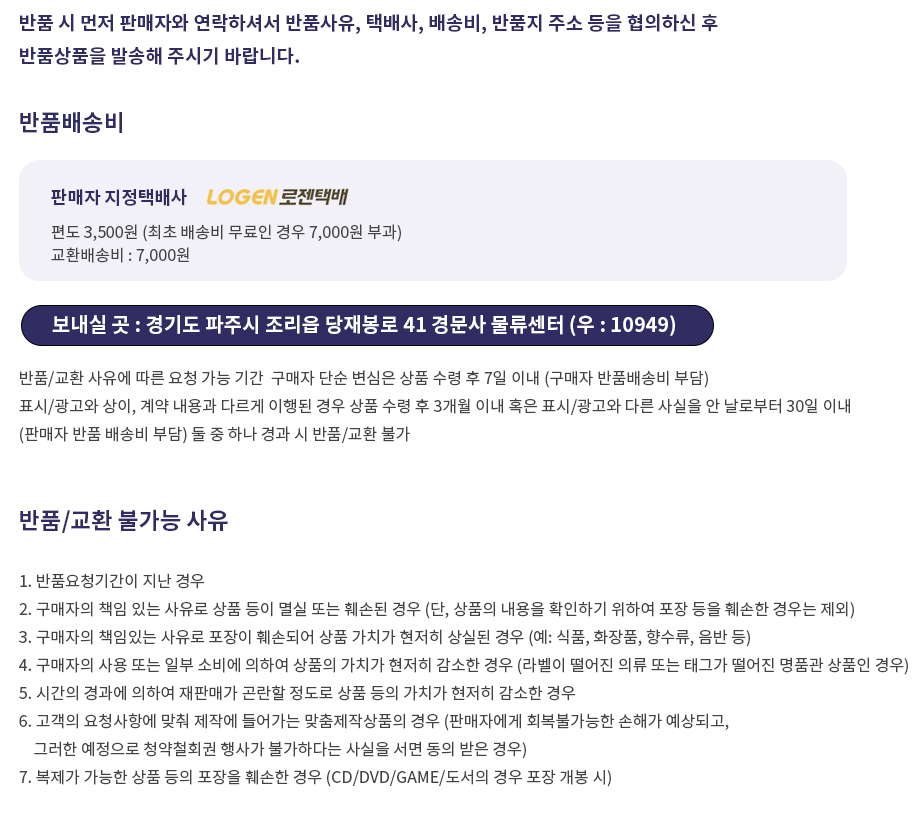1. Writing from Research
a. Generating Ideas and Focusing the Subject.
Relating Your Personal Ideas to a Scholarly Problem.
Talking with Others to Find and Refine the Topic.
Using Electronic Sources.
Using Textbooks and Reference Books.
b. Writing a Thesis, Enthymeme, or Hypothesis.
Thesis Statement.
Enthymeme.
Hypothesis.
c. Drafting a Research Proposal.
Writing a Short Research Proposal.
Writing a Detailed Research Proposal.
d. Establish a Schedule
2. Library Research.
a. Finding Sources with Your Library Access.
b. Using the Librarys Electronic Book Catalog.
c. Searching the Librarys Electronic Databases.
d. Searching the Printed Bibliographies.
e. Searching the Printed Indexes.
f. Searching Biographies.
g. Searching Newspaper Indexes.
h. Searching the Indexes to Pamphlet Files.
i. Searching Government Documents.
j. Searching for Essays within Books.
k. Building Your Research Journal.
3. Searching the World Wide Web
a. Begin an Online Search
b. Using Search Engines Devoted to Academic Disciplines.
c. Accessing Online Sources.
4. Field Research: Collecting Data Outside the Library.
a. Conducting Research within a Discipline.
The Humanists
The Applied Scientists.
b. Investigating Local Sources.
c. Examining Audiovisual Materials, the Internet, Television and Radio Programs.
d. Conducting a Survey with a Questionnaire.
e. Conducting Experiments, Tests, and Observation.
5. Understanding and Avoiding Plagiarism.
a. Using Sources to Enhance Your Credibility.
b. Placing Your Work in Its Proper Context
c. Honoring Property Rights.
d. Avoiding Plagiarism.
e. Sharing Credit in Collaborative Projects
f. Seeking Permission to Publish Material on Your Web Site.
6. Finding and Evaluating Sources.
a. Understanding the Assignment.
Guide to Academic Sources.
Humanities.
Social Sciences.
Sciences.
b. Identifying the Best Source Materials.
Scholarly Book.
Biography.
Scholarly Article.
Sponsored Web Site.
Interview.
Experiment, test, or observation.
Trade book.
Encyclopedia.
Popular magazine.
Newspaper.
E-Mail Discussion Group.
Individual web site.
Internet Chat Conversations.
c. Evaluating a Source.
Relevance.
Authority.
Accuracy.
Currency.
7. Organizing Ideas and Setting Goals.
a. Using the Correct Academic Model (Paradigm).
A General All-Purpose Model.
Academic Pattern for the Interpretation of Literature and Other Creative Works.
Academic Pattern for the Analysis of History.
Academic Pattern for Advancing Philosophical and Religious Ideas.
Academic Pattern for the Review of a Performance.
Academic Pattern for Advancing Your Ideas and Theories.
Academic Pattern for Argument and Persuasion Papers.
Academic Model for a Comparative Study.
Academic Pattern for a Laboratory Investigation or Field Report.
Academic Pattern for Scientific Analysis.
Academic Pattern for a Report of Empirical Research.
b. Writing an Outline
Topic Outline.
Sentence Outline.
8. Writing Effective Notes.
Honoring the Conventions of Research Style.
a. Writing Personal Notes.
b. Writing Direct Quotation Notes.
Quoting the Primary Sources.
Quoting the Secondary Sources.
c. Writing Paraphrased Notes.
d. Writing Summary Notes.
Use the summary to review briefly an article or book.
Use the summary to write an annotated bibliography.
Use the summary in a plot summary note.
Use the summary to create an abstract.
e. Writing Notes from Field Research.
f. Using Your Notes to Write an Annotated Bibliography.
Sample Paper: Annotated Bibliography.
g. Preparing toWrite a Review of the Literature on a Topic
Sample Paper: Gender Communication: A Review of the Literature.
9. Drafting the Paper in an Academic Style.
a. Writing for Your Field of Study.
Academic Style in the Humanities.
Academic Style in the Social Sciences.
Academic Style in the Physical and Medical Sciences.
b. Focusing Your Argument.
Persuading, Inquiring, and Negotiating.
Maintaining a Focus with Ethical and Logical Appeals.
Focusing the Final Thesis Sentence or Hypothesis.
c. Writing an Academic Title.
d. Drafting the Paper.
Writing with Unity and Coherence.
Writing in the Proper Tense.
Using the Language of the Discipline.
Using Source Material to Enhance Your Writing.
Writing in the Third Person.
Writing with the Passive Voice in an Appropriate Manner.
Placing Graphics Effectively in a Research Essay.
Avoiding Sexist and Biased Language.
e. Creating an Introduction, Body, and Conclusion.
Writing the Introduction.
Writing the Body of the Research Paper.
Writing the Conclusion of the Paper.
f. Revising the Rough Draft.
Editing Before Printing the Final Manuscript.
Participating in Peer Review.
Proofreading.
10. Using MLA Style.
a. Blending Sources into Your Writing.
Identifying Author and Page Number
Citing a Source When No Author Is Listed.
Identifying Nonprint Sources That Have No Page Number.
Identifying Internet Sources.
Citing Indirect Sources.
Citing Material from Textbooks and Large Anthologies.
Adding Extra Information to In?text Citations.
b. Punctuating Citations Properly and Consistently.
Indenting Long Quotations.
Citing Lines of Poetry.
Citing Drama.
Changing Initial Capitals.
Using Ellipsis Points to Omit Phrases.
Using Brackets to Alter Quotations.
c. Writing the Works Cited References in MLA Style.
Bibliography Form: Books.
Bibliography Form: Periodicals.
Bibliography Form: Newspapers.
Bibliography Form: Government Documents.
Bibliography Form Citing Sources Found on CDROM
Bibliography Form Artistic Works and Performances
Bibliography Form Other Sources
d. Formatting the Paper in MLA Style.
e. Writing a Literary Paper in MLA Style.
Sample Research Paper: Wilfred Owen: Battlefront Poet
11. Writing in APA Style.
a. Meeting the Demands of the Assignment.
Writing Theoretical Articles.
Reporting on Empirical Research.
Reviewing Articles and Books.
b. Establishing a Critical Approach.
c. Writing in the Proper Tense for an APA Styled Paper.
d. Blending Sources into Your Writing.
e. Preparing the List of References.
Bibliography Form: Books.
Bibliography Form: Periodicals.
Bibliography Form: Nonprint Material.
Bibliography Form: Internet Sources.
f. Formatting a Paper in the APA Style.
g. Sample Paper in APA Style: Arranged Marriages: the Revival Is Online.
12. The Footnote System: CMS Style.
a. Blending Sources into Your Writing.
b. Formatting and Writing the Footnotes.
c. Writing Footnotes for Electronic Sources.
d. Writing Subsequent Footnote References.
e. Writing Endnotes rather than Footnotes.
f. Writing Content Footnotes or Content Endnotes.
g. Writing a Bibliography Page for a Paper That Uses Footnotes.
h. Sample Research Paper in the CMS Style.
Prehistoric Wars: Weve Always Hated Each Other.
13. CSE Style for the Natural and Applied Sciences.
a. Writing In-Text Citations Using the Citation-Sequence System.
b. Writing the References Page.
c. Sample Paper Using the Citation-Sequence System.
Diabetes Management: A Delicate Balance.
14. Creating Electronic Research Projects.
a. Using Word Processing to Create Electronic Document.
b. Building a Slide Show.
c. Creating Pages with Hyper Text Markup Language (HTML).
Using a Web Page Editor to Create Web Pages.
Creating a Single Web Page.
Creating a Web Site with Multiple Pages.
Citing Your Sources in a Web Research Paper.
d. Using Graphics in Your Electronic Research Paper.
Creating Your Own Digital Graphics.
e. Delivering Your Electronic Research Paper to Readers.
Appendix.
Glossary of MLA Manuscript Style.
Abbreviations.
Accent Marks.
Ampersand.
Arabic Numerals.
Bullets, Numbers, and Indented Lists.
Figures and Tables.
Foreign Cities.
Indenting.
Italics.
Margins.
Names of Persons.
Numbering Pages.
Percentages.
Proofreader Marks
Punctuation.
Roman Numerals.
Running Heads.
Shortened Titles in the Text.
Spacing.
Titles within Titles.
Underscoring (Italicizing).
Word Division.


